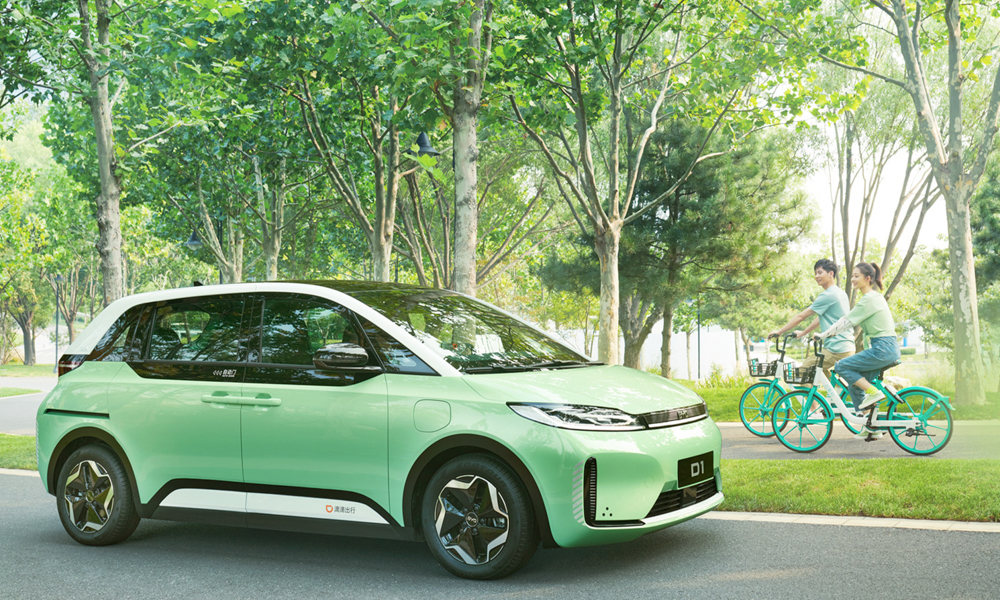
The ride-hailing industry in the Philippines might seem big to the casual onlooker, but it’s nothing compared to the market for the same thing in China. People booking convenient rides from their smartphones account for over $30 billion in revenue annually in the big red country up north, which is more than the rest of the world combined. Naturally, such a huge market place requires a somewhat different approach to things, which is why two of China’s largest corporations, DiDi Chuxing and BYD, have decided to join forces and build an electric vehicle specifically designed for the country’s ride hailing needs. The resulting car is called the DiDi D1 and it has one quite glaring problem: it bears more than a passing resemblance to the Volkswagen ID.3. Is this really the best China can do?
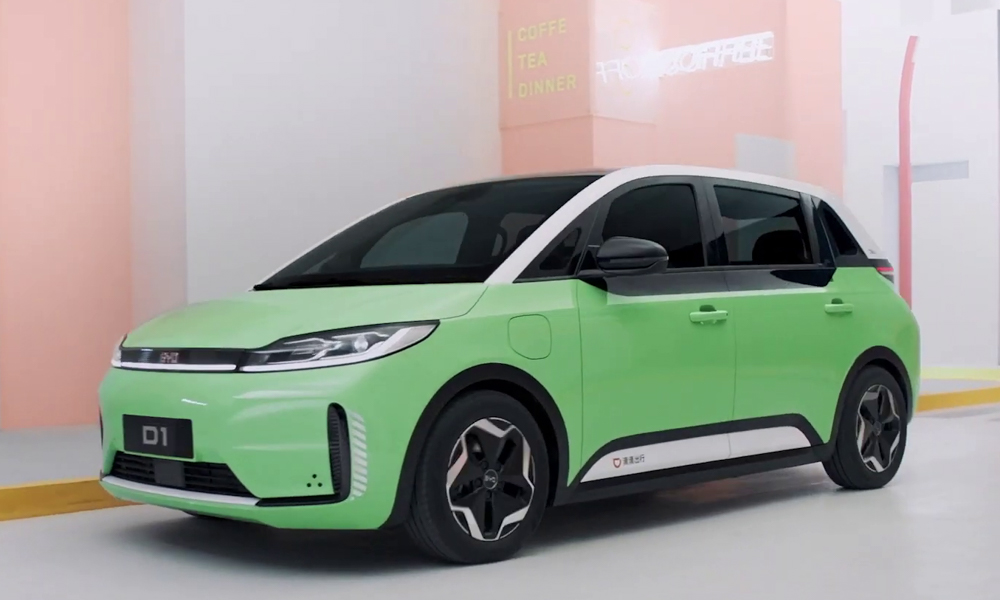
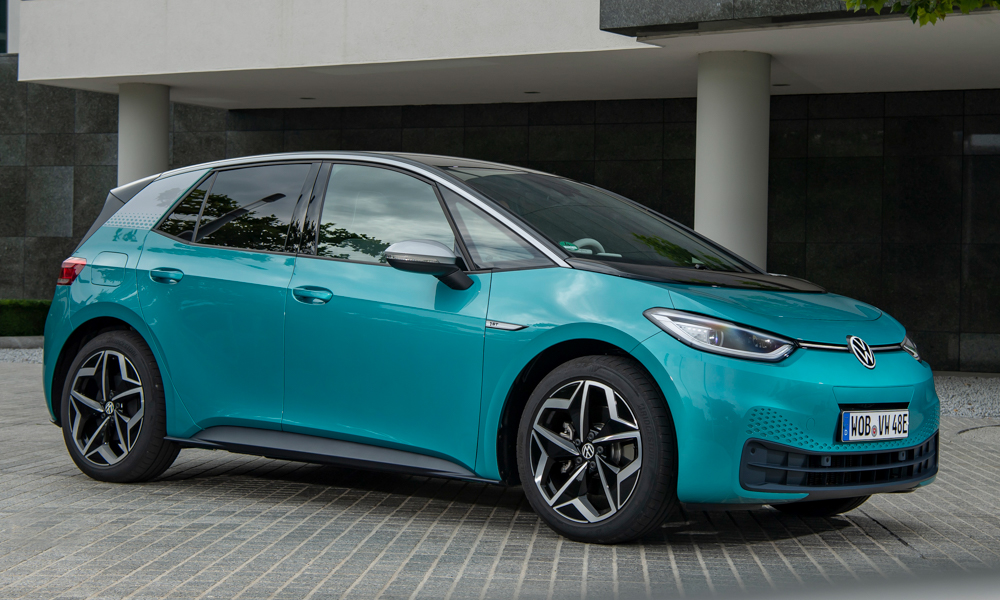
To give you an idea just how big China’s ride hailing market really is, all you have to do is look at the market leader, DiDi Chuxing. The company that spanked Uber’s butt in the Chinese market is the world’s biggest ride hailing service by some margin. It claims to have 550 million registered users and 31 million drivers providing more than 60 million rides a day. All those drivers will likely soon find themselves behind the wheel of the company’s first purpose-built vehicle, the DiDi D1. Key features of this fully electric people carrier are an extra comfortable driver’s seat to make long shifts bearable, sliding doors for easy access, and Level 2 autonomous driving systems that include lane departure and pedestrian collision warnings. The car also monitors the driver to ensure he or she stays focused and keeps both hands at the wheel.
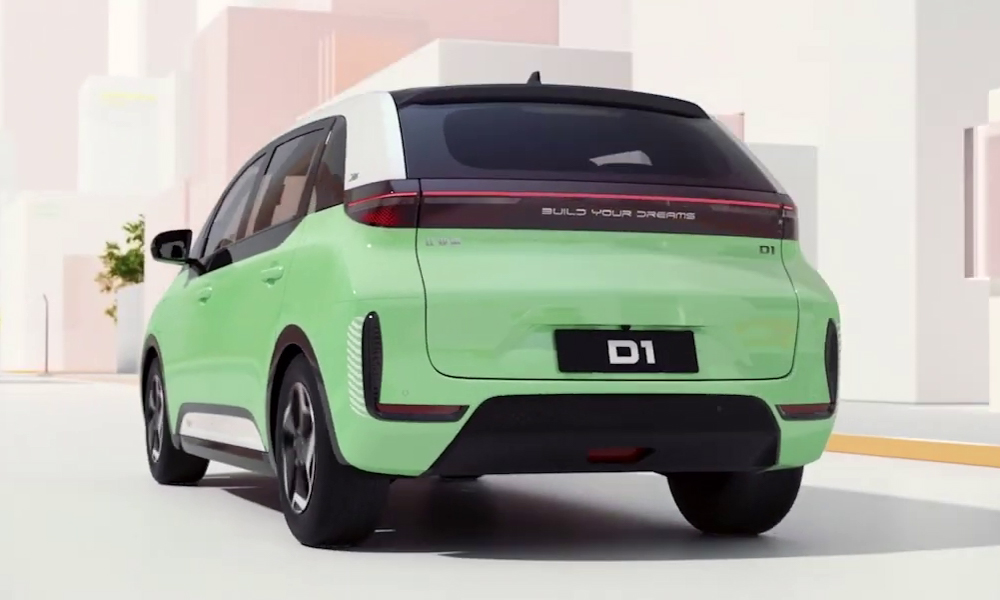
Sadly, it seems nobody was monitoring the BYD design department when the D1 was being created, as it quite blatantly copies its lines from the VW ID range, and in particular the ID.3 and ID.4 models. While it is not unusual to see Chinese brands take more than just passing inspiration from western companies, to see an established name like BYD engage in such open copycat antics will come as a serious disappointment to many in the industry. The firm is one of the biggest car makers in the world and would be more than capable of coming up with their own design. Why they thought it would be a good idea to copy VW will likely remain a mystery, but the car itself will almost certainly become a common sight on Chinese streets in the very near future.
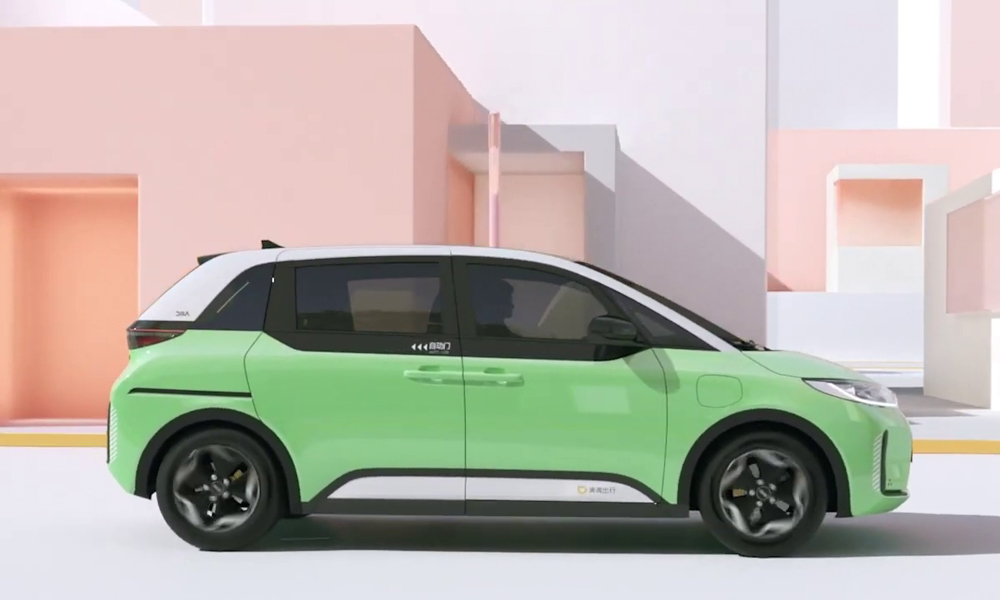
DiDi already has around one million electric cars in its fleet and the D1 will boot those numbers significantly. Passengers can look forward to quiet trips through town and onboard entertainment courtesy of two touch screens mounted to the backs of the front seats. The mint green EVs will also be contributing to the over 10 billion trips per year that the company aims to provide, which in turn will help to reduce harmful emissions on China’s streets. The only ones who might not be happy about this are Chinese drivers of VWs ID.3 models, who may soon find themselves being mistaken for DiDi employees and have strangers trying to enter their cars.



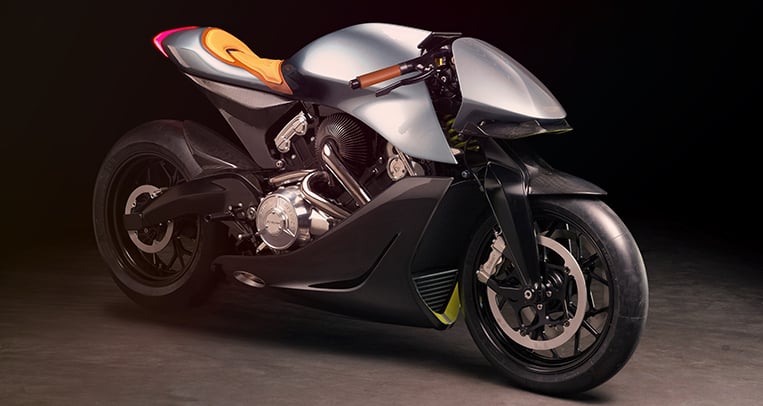



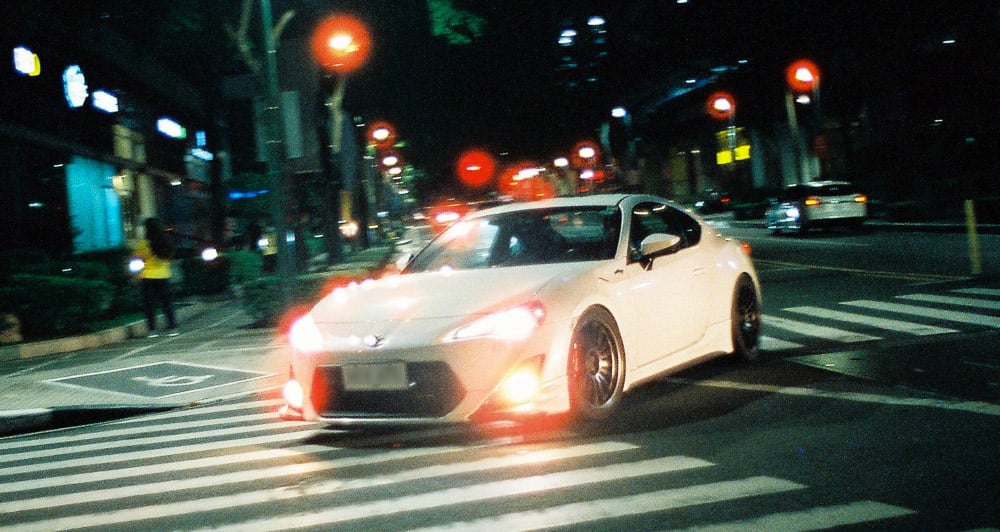
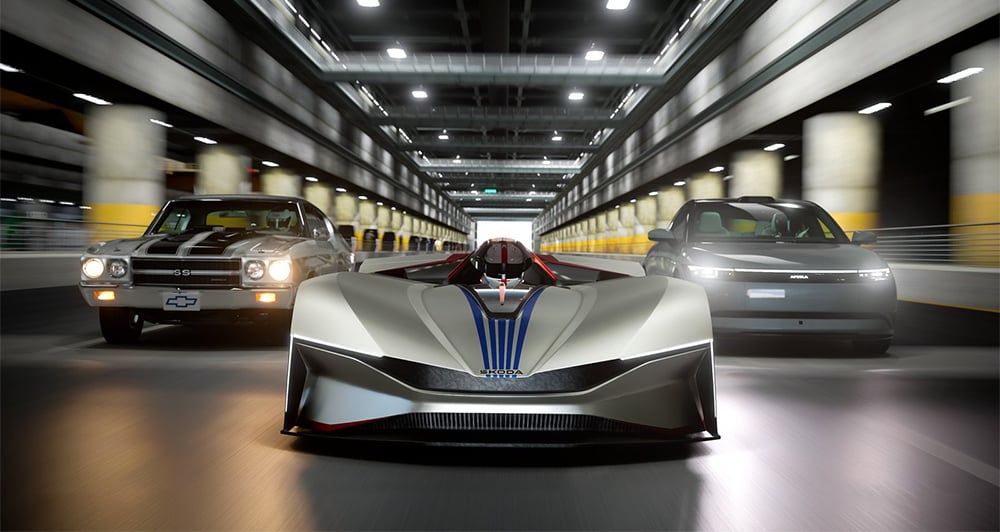
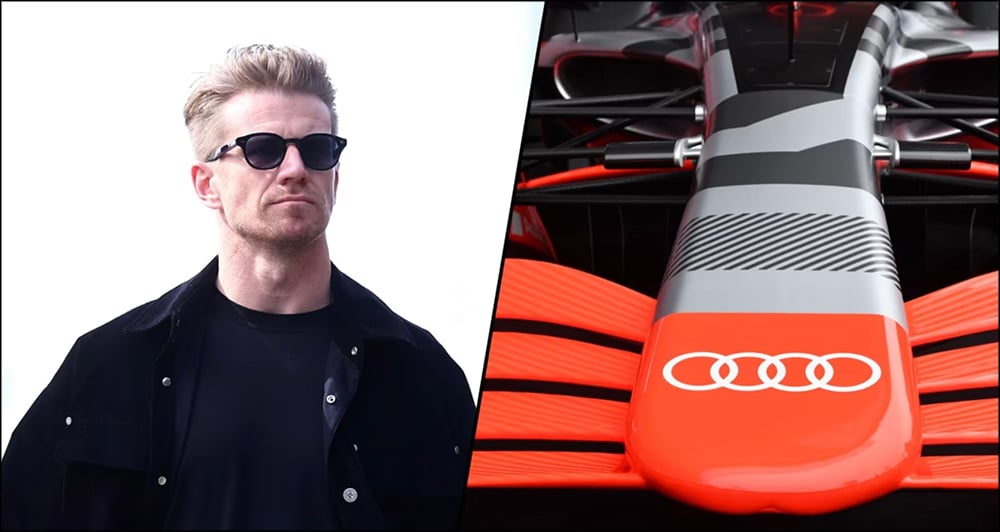
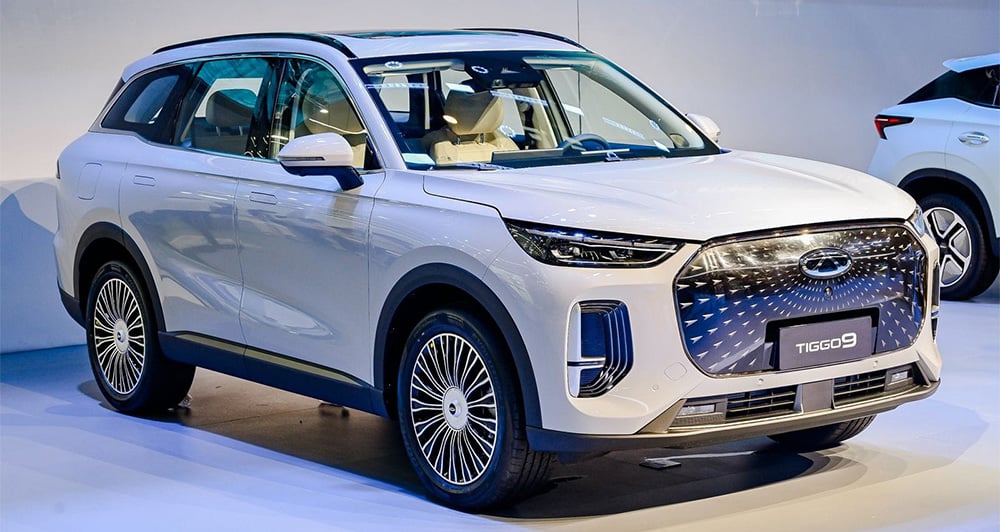
Comments